Breathing techniques are a powerful tool to boost your mental health, we’ve highlighted 4 of them to help you get through stress in a healthy way.
Is work taking up a lot of your time? Have you been sleeping badly lately? Our fast-paced lives have many of us suffering from stress and anxiety without always knowing how to handle it. This can make us feel overwhelmed, especially if we don’t have anyone to talk to.
Feeling pressure is a normal aspect of our working lives, but it is important we learn how to manage these feelings in order to function properly and keep our mental health stable. But it doesn’t take days in the spa, massages, or a walk in the park to let off steam. Learn these 4 simple breathing techniques to face stress and relax wherever you are. Remember, these are just a few tips, if you feel like you need further help, contact a professional.
Breathing techniques help us reduce stress and reach a peaceful state of mind
Using breathing techniques to calm the mind and relax the body is not something new. Yogis and monks have practiced breathing techniques for hundreds of years, and each day psychologists use them more and more in their sessions. It helps to decrease blood pressure, creates calmness and lucidity, and helps reduce stress in less than 10 minutes. Besides, is there anything easier than breathing? Well, these breathing techniques require practice and discipline, but if you persist you can control those moments of stress and even tackle anxiety attacks. Follow these breathing techniques to fight stress:

1. Box Breathing
One of the simplest breathing techniques. Choose a posture in which you feel comfortable (it can be sitting in the office, on the sofa at home, or even lying in your bed.) Inhale and count to four, and exhale and count to four. Always through the nose. Box breathing increases concentration, relaxes the nervous system, and reduces stress. It is also particularly useful when going to sleep. Over time, try inhaling and exhaling while counting to six, eight, or 10.
2. Abdominal Breathing
The goal here is to expand the diaphragm, not the chest. With one hand on the chest and the other on the stomach, take a deep breath through the nose, feeling your stomach enlarge and your lungs stretch. Do six to 10 slow, deep breaths for 10 minutes, every day.
3. Progressive muscle relaxation
This is used to reduce tension in the entire body. Keeping deep and slow breaths, begin inhaling through the nose, counting to five while tensing your feet, and exhaling through the mouth, counting to five while relaxing them. Repeat for each muscle group: knees, thighs, buttocks, chest, arms, hands and fingers, neck, jaw, and eyes.
4. Alternative Breathing
In a relaxing position, place your right thumb on the right nostril and your index finger on the left nostril. Inhale through the left nostril pressing with your thumb, and release and exhale through the right nostril pressing with the index finger. This is the only technique not recommended before sleeping, as it balances the body and awakens the mind.

Learn how to tackle stress with breathing techniques with ifeel
Tackling stress and anxiety by yourself is not easy, and if this issue is making you feel trapped, do not hesitate to get in touch with a professional. To facilitate the process, ifeel offers online therapy with a team of leading psychologists who can help you battle issues such as anxiety with the help of breathing techniques, with personalized and ongoing therapy. Get in touch with us or visit our website for more information. We hope these breathing techniques to control stress have been helpful.









